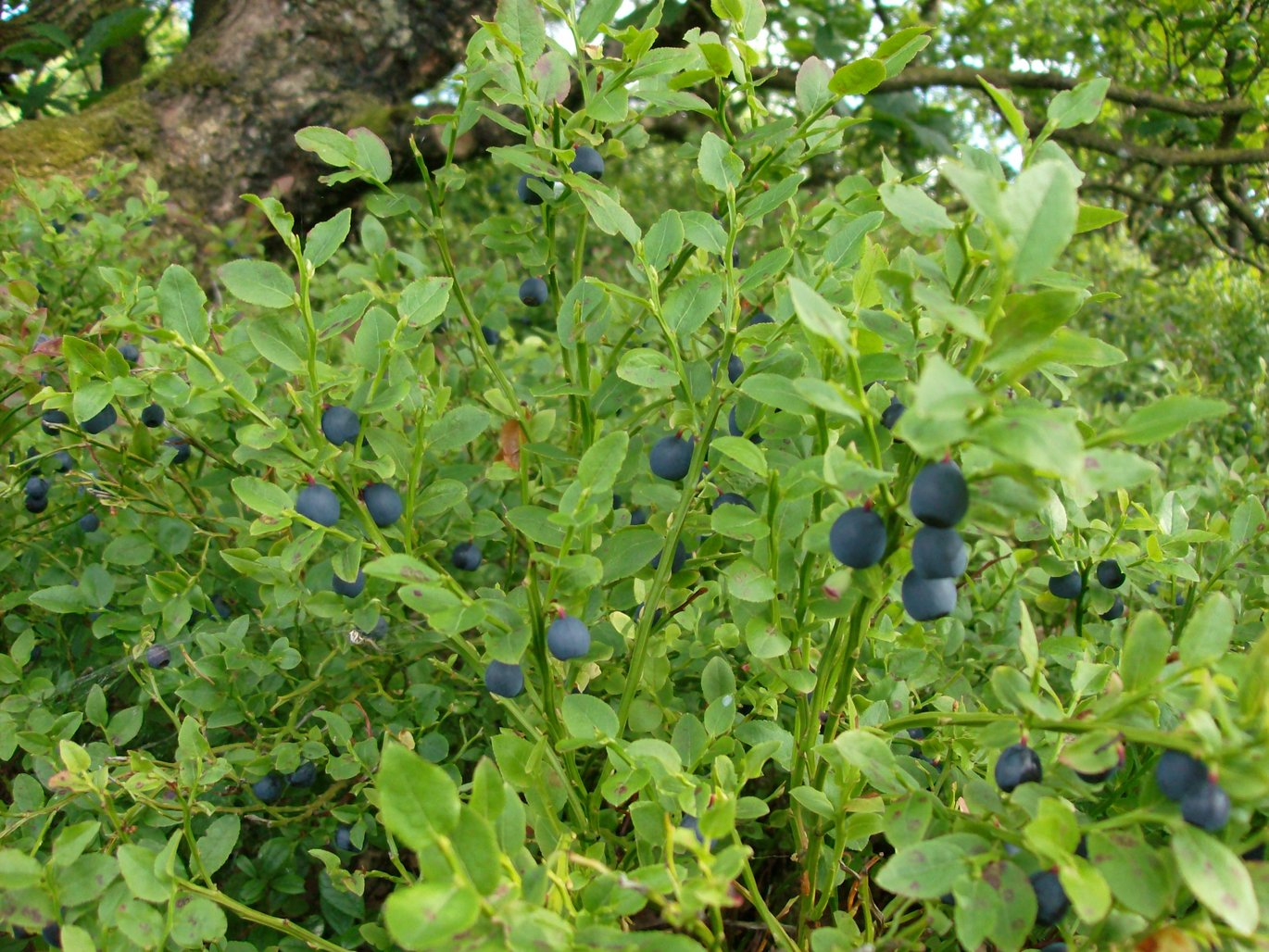Wild Danish bilberries to be domesticated
Wild Danish bilberries are the source of a new Danish berry adventure. Scientists from Aarhus University are turning wild varieties into a commercial production.

While most Danes were spending time on their summer holiday in July 2009, a couple of scientists from Aarhus University were spending some of their working hours walking the heathland, scrubland and forests at 57 different locations in Denmark. Their mission was to collect berries and shoots from more than 170 different specially selected bilberry plants. The objective was to identify superior clones with the potential of becoming new, commercial varieties of bilberry.
Wild Danish berries of the bilberry species have a more intense flavour and colour than the cultivated American blueberries. But common bilberry is not commercially grown anywhere in the world. Bilberry picking in nature is expensive and challenging, which limits the supply and puts a premium on their price. Selecting the best plants in the wild and growing them in a commercial planting combined with mechanised harvesting of the berries could therefore be an interesting option for Danish growers in the future. We have looked at whether some of the wild Danish varieties can be commercially grown and how wide the variation of the wild bilberry actually is, says senior scientist Martin Jensen from Aarhus University.
The scientists returned with a large assortment of plant material which they have subsequently propagated and screened, partly in the laboratory and partly in the field, to identify the most promising varieties. Preliminary results indicate that there are large differences in growth potential, leaf size, flowering and berry size. This suggests that selection of high-yielding varieties will be possible.
Scientists keep the clones in an active gene bank and continue their experiments on them to find the optimal methods of propagation, fertilization, cultivation and harvesting. A new project has already devised effective methods for tissue culture and cutting propagation, a new fertilizer solution has been designed specifically for common bilberries, and optimal fertilizer concentrations have been found. Efforts now concentrate on developing commercial plantings.
Bursting with health
Bilberries are both tasty and healthy. Similar to other dark skinned fruits and berries, bilberries contain large concentrations of anthocyanin pigments and a number of other flavonoids. Samples from more than 120 individual plants from all over Denmark are now having their anthocyanin profiles analysed in collaboration with the James Hutton Institute in Scotland . The results will give a detailed picture of the differences in concentrations and mix of compounds in Danish wild bilberries.
The good taste and potential health benefits have made bilberries, both wild and the cultivated American blueberry varieties, very popular in recent years, and work is progressing at international level to develop new blueberry/bilberry products.
- International market research has shown that in 2011 alone, 2,500 new products containing one or other of the blueberry species were created at global level, says Martin Jensen and continues:
- In the process of trying to launch a new Danish production of wild bilberries, it is important that we use raw materials intelligently to design new food products that utilize the particular market benefits of locally-produced, high-quality Danish products. The initial sales are intended to support the further development of production. Ideas for products and specific marketing of Danish wild bilberries are therefore already being discussed to anticipate the knowledge and input that is required.
The project involving the collection of wild bilberries was funded by the genetic resource programme of the Ministry of Food, Agriculture and Fisheries.
Listen, look and learn more about bilberries and other wondrous and fascinating foods at the Food Festival 2012 taking place in Aarhus from 7-9 September 2012. Read more about the Food Festival here.
Further information: Senior scientist Martin Jensen, Department of Food Science, telephone: +45 8715 8331, mobile: +45 40594286, email: Martin.Jensen@agrsci.dk
